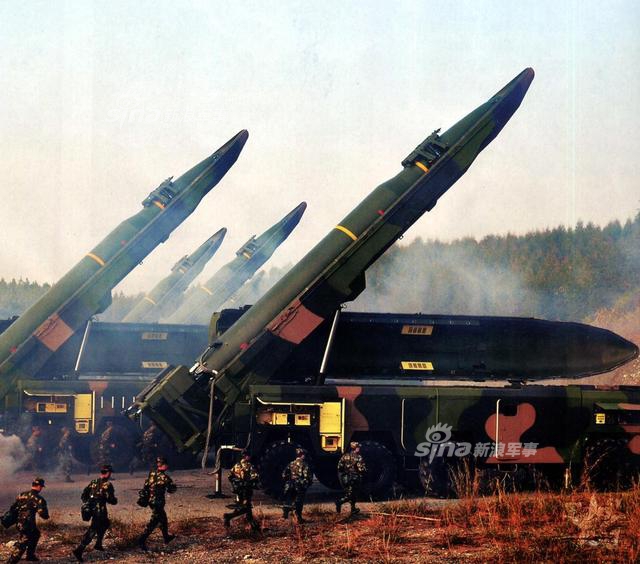Putin Unveils Kinzhal Hypersonic Missile
by
- March 2, 2018, 11:52 AM
MiG-31 Bort (side number) 592 takes off clutching the large Kinzhal missile under its belly.
During his address to the Federal Assembly on March 1, Vladimir Putin unveiled a number of new “game-changing” weapons, including what he called “the Kinzhal high-accuracy hypersonic aviation-missile complex.” The Russian president stated that the system had passed its firing trials and had been placed “on duty” in the Southern Military District in December last year. According to Putin, the projectile accelerates to a speed 10 times that of sound and executes evasive maneuvers along its flight trajectory after being dropped from a carrier aircraft. “This enables the missile to penetrate through all existing and projected air defense systems and deliver a nuclear or conventional warhead over a distance in excess of two thousand kilometers [1,080 nm].”
Putin’s statement was accompanied by a short video released by the Russian defense ministry that depicts a MiG-31 taking off with the missile, and later dropping it. The missile’s solid-fuel motor ignites a few seconds after release. The video also contains computer-generated 3D imagery of a MiG-31 executing a strike on warships. The air-launched missile first climbs, and then noses down in the direction of the intended target before diving on to it. Apparently, this kind of trajectory has been selected to harness the weapon’s high kinetics to achieve the longest range possible and ensure high speed at impact. On the following day, the Russian Air and Space Force (VKS) commander, General Sergei Surovikin, added that the system enables stand-off strikes using “the modernized MiG-31 and the highly accurate hypersonic aero-ballistic missile.”
There are several facts about the Kinzhal that can be learned from the video. The launch platform depicted appears to be the very first MiG-31 airframe to have been outfitted with an inflight refueling system, which passed trials in the late 1980s for subsequent adaptation onto the MiG-31B production standard in 1990. Apparently, this particular airframe, side number 592, later underwent considerable modification to its central fuselage section to install a single hardpoint instead of the four standard launchers for R-33 1,080-lb (490-kg) air-to-air missiles.
The missile shown in the video appears to be about 26 feet (8 meters) long, with a central body diameter of around 3.3 feet (1 meter). The span between its stubby wings is around 6.6 feet (2 meters). The shape and dimensions have led some experts to believe that this missile might represent an air-launched version of the 9M723, which was accepted into service in 2004 and is employed by the Iskander-M (NATO: SS-26 “Stone”) tactical strike system that is normally mounted on a wheeled chassis. The 9M723 weighs 8,380 pounds (3,800 kg), has a length of 23.6 feet (7.2 meters) and a maximum diameter of 3 feet (0.92 meters). It carries a 1,058-pound (480-kg) warhead over a maximum distance of 270 nm (500 km). Terminal guidance is provided by the 9E436 optics correlator or 9B318 active radar head. Its maximum speed at the top of a typical fight trajectory is given as 2100 m/sec, which is seven times the speed of sound.

The Kinzhal weapon drops away from the MiG-31. After a release an aerodynamic fairing covering the missile's exhaust is jettisoned before the motor fires.
While the air-launched missile appears to be of similar length (after its protective tail cone comes off shortly after release from the launching platform), its body is a bit wider. And, if Putin’s figures are right, it flies farther and faster. Therefore, it is believed that the air-launched weapon is likely to have a booster and a detachable self-propelled projectile instead of the single-stage configuration for the 9M723.
The Kinzhal comes as an addition to the
: the Zircon and the Kh-32. There are some distinct differences between them. The Zircon, which seems to have provided the basis for the Indo-Russian BrahMos II exportable version, represents an air-breathing projectile with large air intake(s) for its scramjet propulsion. Intended primarily for naval platforms, it may also be carried by Tupolev strategic bombers. The latter also serve as launch platforms for the 13,000-pound (6-tonne) Kh-32, which is a reworked Kh-22 Burya missile with a dual-mode engine running on liquid fuel.


